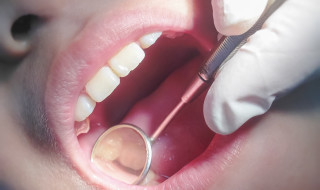
Dentists have an obligation to address the epidemic of decay in children, Michael Watson says.
Dentists have a ‘key role to play’ in addressing the epidemic of decay in English children, leading to dental extractions being the most common reason for hospital admissions among those aged five to nine.
This was said in the House of Commons by health minister, Alistair Burt MP, replying to a debate initiated by Sir Paul Beresford MP, which was reported on this website last week.
The question is what can dentists and their teams do?
The blame game
It is so easy to blame the health ministers.
They should have a strategy; they should tax sugar; they should abolish UDAs.
But Sir Paul said that every child in a primary school should visit the dentist once a year.
He went on to say that dentists ‘will obviously have to be persuaded, if not bullied or forced’, into making this a reality.
The Minister pointed out that in the Government’s publication ‘Delivering Better Oral Health’ there is clear advice for dental teams on ‘preventative care and interventions that could be delivered in dental practice and school settings’.
I will not be popular for saying so, but dentists have an obligation to address this epidemic of decay in children over and above their requirement to deliver a set number of UDAs.
Dentists’ obligation
Looking back at the Steele Report (in 2009) the top priorities were listed, in order:
- A strong, co-ordinated public health system
- Pain relief to anyone who needs it
- Preventing the damage caused by disease.
To achieve this practices should:
- Participate in local dental public health initiatives
- Never turn away a patient in pain
- Set up prevention programmes led by therapists.
Not every practice can do this, especially those with only one dentist, but they can get together with other practices locally to provide services.
If only half the money currently spent delivering UDAs to the under-18s was spent on providing access to public health services, access to all children for at least an annual visit and setting up practice prevention schemes, then the numbers having to have teeth extracted in hospitals would decline.


